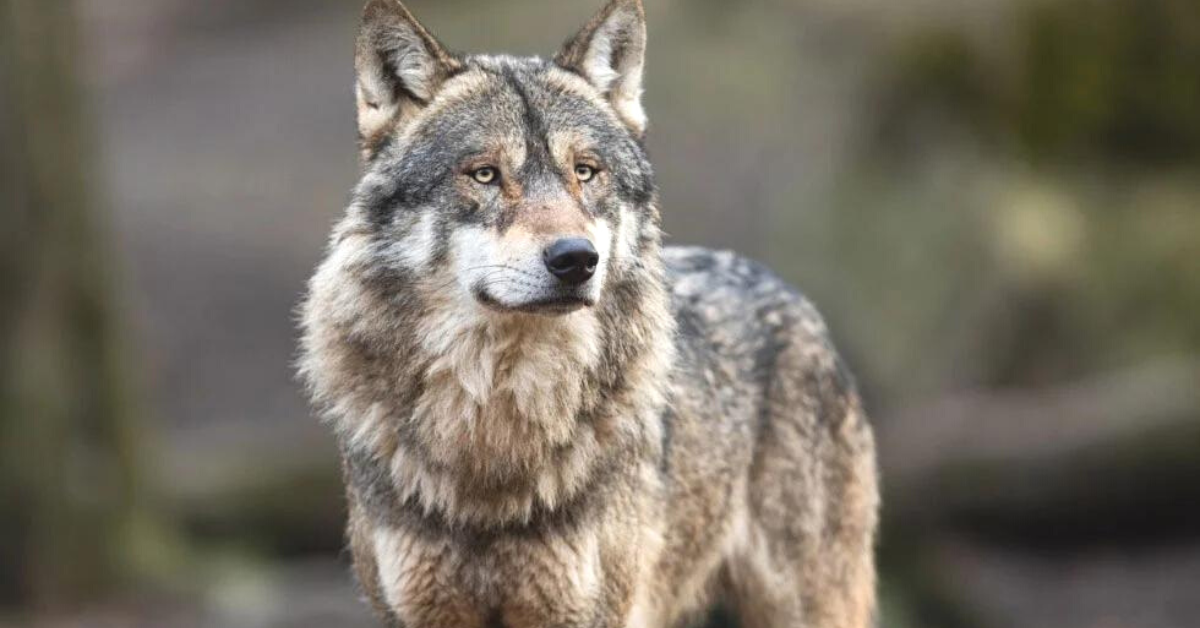
While it’s important to be cautious and respectful of coyotes, there is generally no need to be scared of coyotes as long as you take appropriate precautions.

While it’s important to be cautious and respectful of coyotes, there is generally no need to be scared of coyotes as long as you take appropriate precautions.

No, Red wolves do not hibernate. Hibernation is a behavior that is typically exhibited by some species of bears, rodents, and other mammals, in which they enter a state of reduced activity and metabolism during the winter months to conserve energy. Hibernation is a behavior exhibited by some animals, primarily mammals, in which the animal enters a state of dormancy during the winter months to conserve energy and survive when food is scarce.

The red wolf is an endangered species native to the southeastern United States. Red wolves were once found throughout the southeastern coastal plain from Texas to Florida, but their range has now been greatly reduced. The red wolf’s habitat spans a variety of ecosystems, including forests, swamps, and wetlands. They prefer areas with dense plant cover and plentiful prey such as deer and smaller mammals such as rabbits and rodents.

The status of the gray wolf ( Canis lupu s) varies by region and population. In some areas, the gray wolf is considered endangered or threatened, while in other regions its population has recovered and is no longer endangered. Since then, the population has recovered significantly.

Gray wolves, also known as timber wolves, are carnivorous predators and their diet consists primarily of meat.Their diet can vary with location, prey availability, and season, but their primary food sources are usually large ungulates such as deer, elk, and elk. In addition to ungulates, wolves can prey on smaller mammals such as beavers, rabbits, and rodents.

The gray wolf (Canis lupus ) is the largest wolf species. Adult gray wolves typically weigh between 60 and 120 pounds (27 to 54 kg) and can grow up to 3 to 5 feet (0.9 to 1.5 meters) long from nose to tail. However, gray wolves can vary in size depending on geographical location and subspecies.

Wolf Types & Locations There are three main types of wolves: the gray wolf ( Canis lupus ) with more than 30 subspecies, the red wolf ( Canis rufus ), and the Ethiopian wolf ( Canis simensis ). Here is a breakdown of where they live: Gray wolf : The gray wolf is the most widely distributed wolf in the world, with populations in North America, Europe, and Asia.

Wolf Types and Characteristics There are several different types of wolves, each with its own unique characteristics. Here are some of the most commonly recognized types of wolves: Gray Wolf: Also known as the timber wolf, the gray wolf is the most widespread wolf species. They are found in North America, Europe, and Asia.

List of Wolf Species There are many subspecies of wolves including: Gray wolf ( Canis lupus ) – also known as Timber wolf, this is the most common and widespread wolf species. Red wolf ( Canis rufus ) – an endangered species of wolf found in the southeastern United States.

Introduction Wolves are magnificent creatures that have fascinated humans for centuries. While they are often portrayed as fierce and dangerous, in reality, they are generally shy and avoid human contact. However, when a wolf is angry, it can become a dangerous situation. But how do you know if a wolf is angry?